NCERT Class 9 Science Chapter 5 Notes - The Fundamental Unit of Life PDF Notes
Did you know that every living being is made up of tiny units called cells? The NCERT Class 9 Science Chapter 5 Notes - The Fundamental Unit of Life explain all topics easily and simply. These notes are short, easy to understand, and include well-labeled diagrams and important definitions for better learning. The Fundamental Unit of Life chapter explains cell structure, types of cell organelles, and their functions. The NCERT Notes help students build strong basics that are useful in board exams as well as in higher classes.
This Story also Contains
- NCERT Class 9 Science Chapter 5 The Fundamental Unit of Life: Download PDF
- Class 9 Science Chapter 5 The Fundamental Unit of Life Notes
- NCERT Chapter 5 Science: Previous Year Question and Answers
- How to Use The Fundamental Unit of Life Class 9 Notes Effectively?
- Advantages of Class 9 Science Chapter 5 The Fundamental Unit of Life Notes
- Chapter-Wise NCERT Class 9 Notes Science
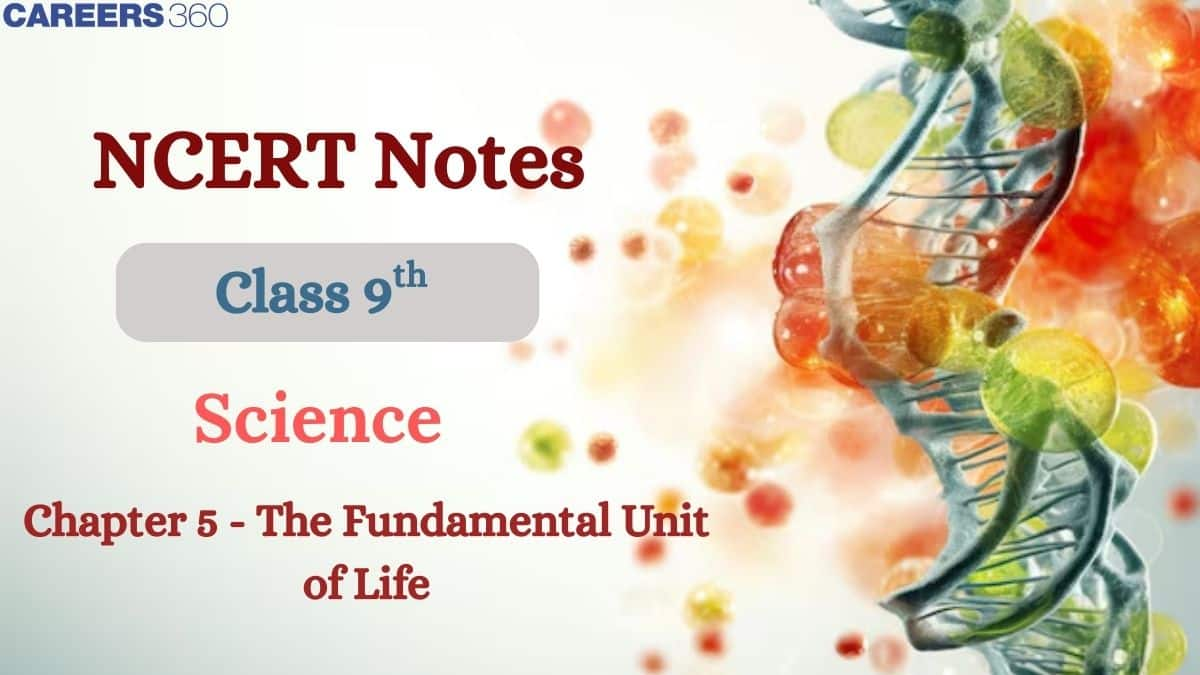
The Fundamental Unit of Life Class 9 Notes contains definitions, functions, and descriptions of organelles like the plasma membrane, the nucleus, the cytoplasm, and the mitochondria. It also explains the process of cell division, including mitosis and meiosis, in a detailed manner, helping students understand how cells reproduce and sustain life. These NCERT Notes for Class 9 Science are useful for thorough understanding, quick revision, and building a strong foundation without any confusion.
NCERT Class 9 Science Chapter 5 The Fundamental Unit of Life: Download PDF
The notes for The Fundamental Unit of Life are available in a clear and simple PDF format, which helps students revise all key points in less time. Students can use the NCERT Class 9 Science Chapter 5 Notes PDF offline. It’s a quick and effective way to study. The NCERT Notes for Class 9 and solutions together provide conceptual clarity and improve retention.
Also, students can refer to:
Class 9 Science Chapter 5 The Fundamental Unit of Life Notes
This chapter helps students understand how cells form the basic building blocks of life. The Fundamental Unit of Life Class 9 Notes are great for quick, last-minute revision before exams. The notes cover all the important topics which are included in the NCERT, such as cell structure, functions of cell organelles, and differences between plant and animal cells.
Cell
A cell is the smallest functional and structural unit of life. The history of cells started when Robert Hooke examined a thin piece of cork using a microscope in 1665 and found tiny compartments that he referred to as 'cells.' He likened these compartments to a honeycomb and set the stage for future research in cell biology.
Cell Theory
The cell theory was developed through the work of various scientists:
- Matthias Schleiden (1838) asserted that all plants consist of cells.
- Theodor Schwann (1839) noted that all animals are made up of cells and suggested that cells constitute the fundamental unit of life.
- Rudolf Virchow (1855) established that new cells develop from pre-existing cells as a result of cell division.
This resulted in the development of the Cell Theory, which argues:
- All living organisms consist of cells.
- Cells are the structural and functional unit of living organisms.
- All cells come from existing cells.
The establishment of the cell theory was a significant breakthrough in the concept of the continuity of life.
Cell Shape, Size, and Number
The form of cells is different based on their function. For instance, nerve cells are elongated to carry signals, whereas an Amoeba is irregularly shaped and constantly changing.
The cells vary in size from 0.5 to 20 micrometers in most organisms. Sperm cells are the smallest cells in the human body, whereas nerve cells are the longest.
Unicellular organisms are made up of one cell, while multicellular organisms contain many cells specialized for various functions.
Structure of a Cell
A cell consists of three major parts:
- Plasma Membrane (Cell Membrane)
- Cytoplasm
- Nucleus
- Plasma Membrane (Cell Membrane)
The outermost portion of the cell that isolates the interior of the cell from the outside world.
It is selectively permeable since it lets through some substances but not others.
Movement of molecules across the plasma membrane is by:
Diffusion – Movement of gases such as oxygen and carbon dioxide.
Osmosis – Movement of water across a selectively permeable membrane.
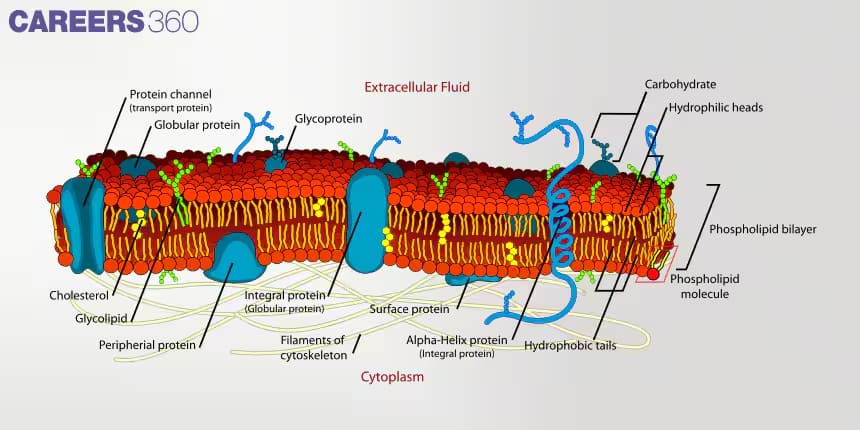
Cell Wall (Only in Plant Cells)
- An inelastic outer sheath is present in plant cells, fungi, and bacteria.
- The Cell wall is mainly made of cellulose, which gives strength to the structure as well as shields it.
- Puts a block on excess absorption of water and prevents the explosion of the cell when placed under hypotonic conditions.
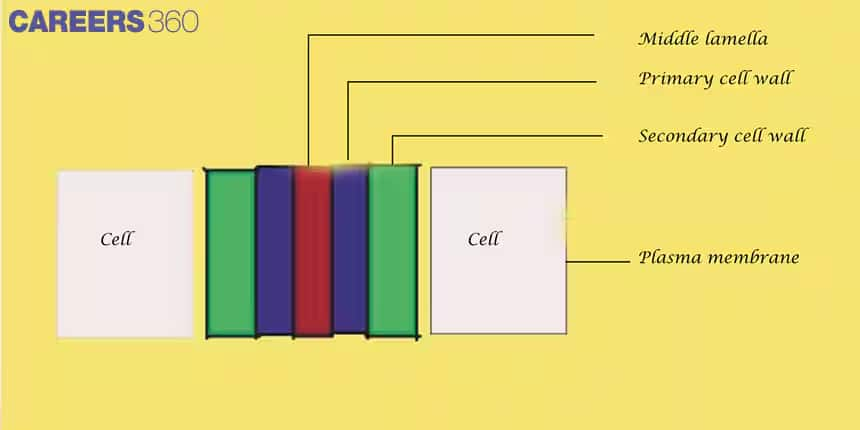
Nucleus
- The central organizing point of the cell is the nuclear envelope covering it.
- Has chromosomes consisting of DNA along with proteins.
- The nucleus is responsible for heredity and cell reproduction.
- The nucleolus inside the nucleus functions to synthesize ribosomes.

Cytoplasm
- A jelly-like substance that holds cell organelles and allows them to move.
- It is the location of most biochemical reactions that sustain cells.
- Organelles within the cytoplasm are specialized in function and are vital for cell metabolism.
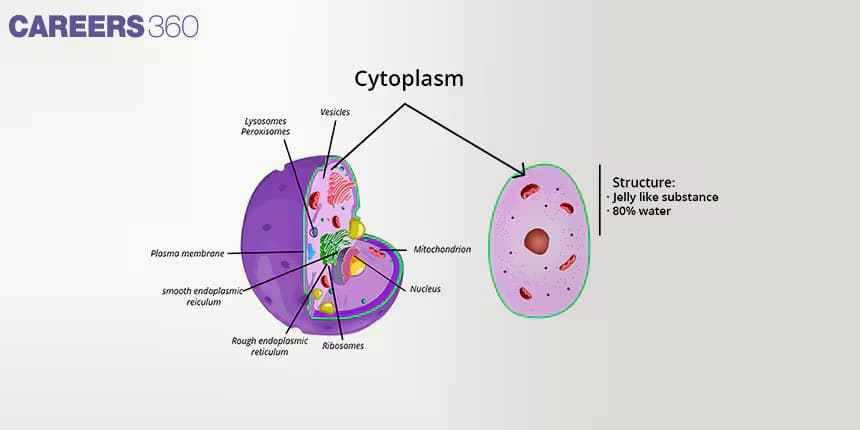
Cell Organelles and Their Functions
The cell organelles and their functions are described as:
Endoplasmic Reticulum (ER)
The Endoplasmic Reticulum (ER) is of two types, which are given below:
- Rough ER (RER): Ribosomes are attached, and it is involved in protein synthesis.
- Smooth ER (SER): Does not have ribosomes, synthesizes lipids, and detoxifies toxic substances.
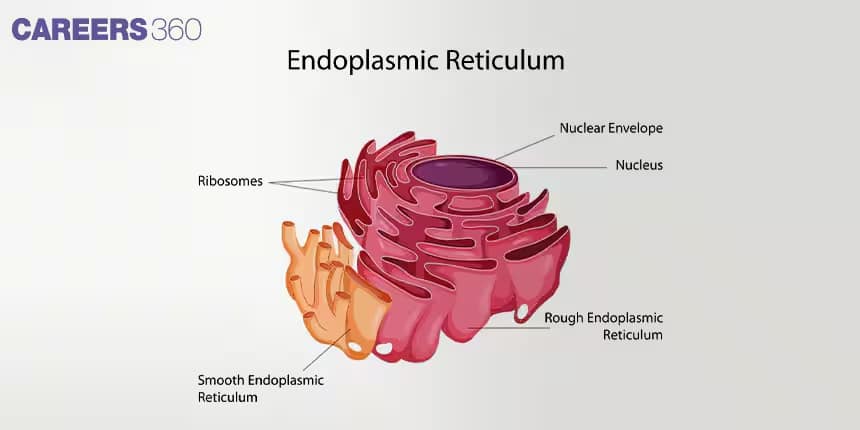
Golgi Apparatus
- Alters, sorts, and packages proteins and lipids.
- The Golgi Apparatus helps in the creation of lysosomes and the movement of substances across the cell.
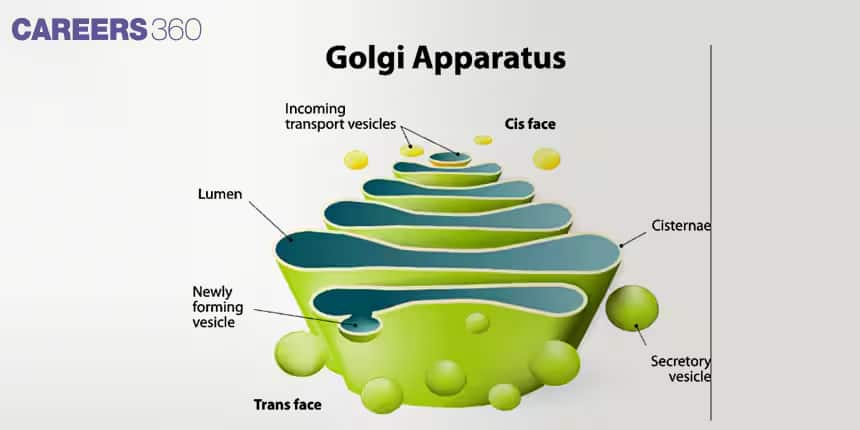
Lysosomes
- Have enzymes for digestion to destroy waste products, diseased organelles, and foreign materials.
- Lysosomes digest damaged organelles and can cause self-destruction of the cell under certain conditions, so they are called suicidal bags.
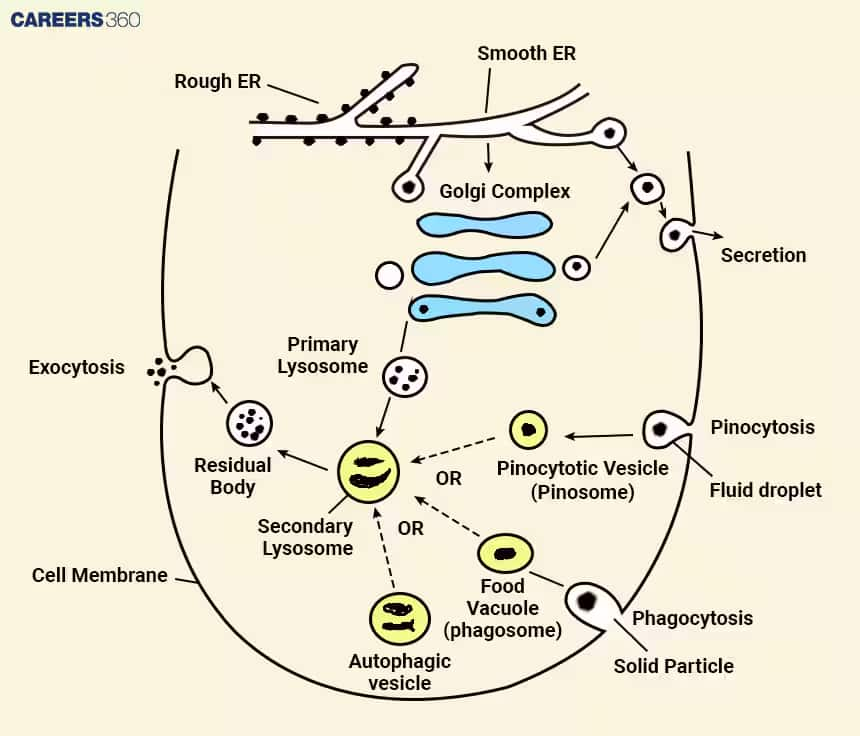
Mitochondria
- The energy-generating part of the cell produces energy from cellular respiration.
- Manufactures ATP (Adenosine Triphosphate), the cell's energy currency.
- Has its own DNA and ribosomes, so it can reproduce itself.
Plastids (Only in Plant Cells)
- Chloroplasts: Have chlorophyll, which is needed for photosynthesis.
- Leucoplasts: Store starch, oils, and proteins.
- Chromoplasts: Give color to flowers and fruits.
Vacuoles
- Vacuoles are the sacs filled with fluid that store nutrients, waste products, and other materials.
- Larger in plant cells, they assist in maintaining turgidity and cell shape.
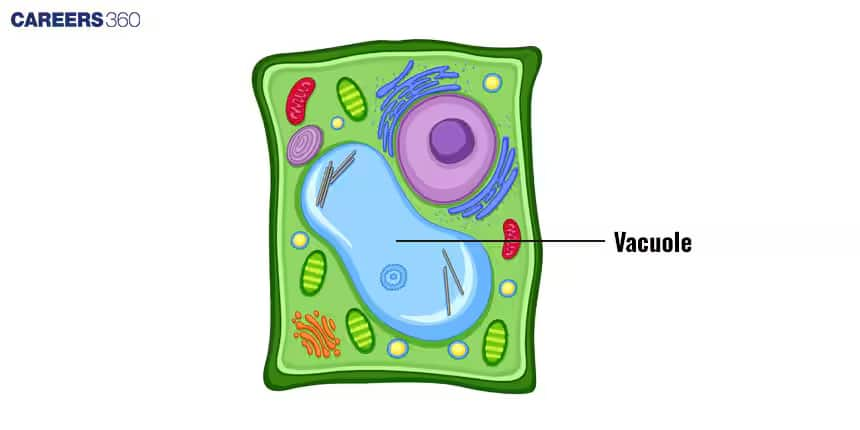
Cell Division
Cells divide to provide for growth, repair, and reproduction. There are two primary types of cell division:
Mitosis
- Happens in body (somatic) cells.
- Creates two identical daughter cells.
- Has the same number of chromosomes as the parent cell.
- It is vital for growth, repair, and asexual reproduction.
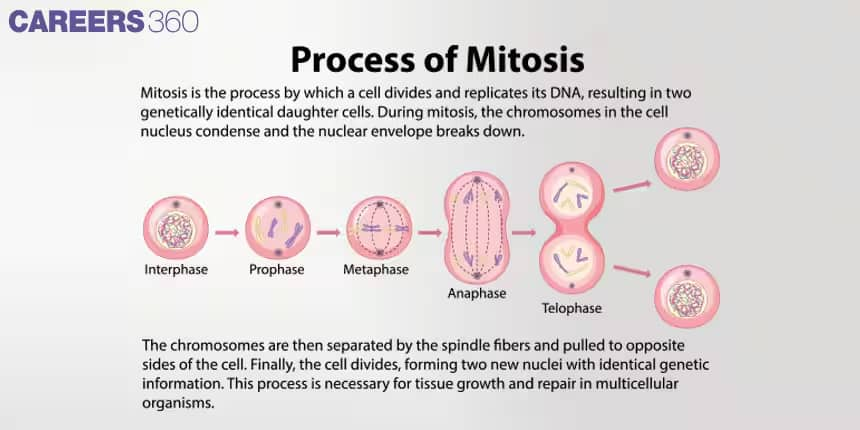
Meiosis
- Takes place in reproductive cells (gametes).
- Forms four daughter cells with half the number of chromosomes.
- Results in genetic variation, which is critical for evolution.
Also, Read
NCERT Chapter 5 Science: Previous Year Question and Answers
The previous years’ questions given below help students know the exam pattern and test their level of preparation. To answer these questions easily, students are advised to read the NCERT Class 9 Science Chapter 5 Notes.
Question 1: What are the structures performing different functions in the cell called?
Option 1. Organs
Option 2. Organelles
Option 3. Cytoplasm
Option 4. Cell membrane
Answer:
All the functions of the cell are assigned to different structures of the cell, such as mitochondria, endoplasmic reticulum, Golgi apparatus, etc. These are called organelles of the cell.
Hence, the correct answer is option (2), Organelles
Question 2: The Function of the vacuoles is
Option 1. Storage of food
Option 2. Storage and excretion of waste material
Option 3. Storage of secondary metabolites
Option 4. All of the above.
Answer:
Functions of the vacuole:
- The primary function of the vacuole is to store excess food and secondary metabolites in plants
- It is also used as an excretory organelle in some of the unicellular organisms
- It is used to store food material in the Amoeba
Hence, the correct answer is option (4), All of the above
Question 3: Chloroplasts contain color pigments
Option 1. Green
Option 2. Yellow
Option 3. Orange
Option 4. All of the above
Answer:
Chromoplasts that contain green color pigments are called chloroplasts, and the green color pigments are called chlorophyll. Chloroplasts also show the presence of yellow and orange pigments.
Hence, the correct answer is option (4), All of the above
Question 4: Which cell organelle is known as the “powerhouse of the cell”?
Option 1. Ribosome
Option 2. Nucleus
Option 3. Mitochondria
Option 4. Lysosome
Answer:
Mitochondria release energy by breaking down food molecules during respiration. This energy is used for all cellular activities.
Hence, the correct answer is option (3), Mitochondria
Question 5: Which structure controls the movement of substances into and out of the cell?
Option 1. Cell wall
Option 2. Cytoplasm
Option 3. Cell membrane
Option 4. Nucleus
Answer:
The cell membrane is selectively permeable and regulates the entry and exit of substances. It helps maintain the internal balance of the cell.
Hence, the correct answer is option (3), Cell membrane
Subject-Wise NCERT Solutions
How to Use The Fundamental Unit of Life Class 9 Notes Effectively?
Cells are the building blocks of all living things, and understanding them helps explain how life functions. Studying their structure and organization makes it easier with the help of the notes.
Begin with Class 9 Science Chapter 5 The Fundamental Unit of Life Notes PDF to understand cell structure and organelles.
Learn the differences between plant and animal cells quickly with diagrams, which are included in the notes.
Make flow charts and flash cards for learning the different functions played by the cell organelles. Each organelle performs a specific function that is frequently asked in the exam.
Use Class 9 Science Chapter 5 The Fundamental Unit of Life Notes for quick revision of all the concepts related to the cell and the organelles before the exam.
Advantages of Class 9 Science Chapter 5 The Fundamental Unit of Life Notes
The Fundamental Unit of Life is an important chapter, as it introduces students to the structural and functional unit of life, which is the cell. Studying through the well-organised notes offers many advantages, some of which are mentioned below:
- Class 9 Science Chapter 5 The Fundamental Unit of Life Notes PDF provides clear explanations of cell organelles like the nucleus, mitochondria, endoplasmic reticulum, etc.
- Well-labeled diagrams of all cell organelles are included in the notes so that students can visualise the structure for better understanding.
- Important differences between prokaryotic and eukaryotic cells are covered for quick revision.
- The notes highlight all the important terms and concepts, so that students do no miss anything and perform well in exams.
Chapter-Wise NCERT Class 9 Notes Science
Below are the links to detailed notes for each chapter, which are included in the Class 9 Science. These notes are prepared in simple language with clear explanations to help students understand concepts quickly
Frequently Asked Questions (FAQs)
The main topics covered in the NCERT Class 9 Science Chapter 5 Notes - The Fundamental Unit of Life are Cells, the building blocks of living organisms; the structure of a cell, cell organelles, and cell division.
NCERT Class 9 Science Chapter 5 Notes - The Fundamental Unit of Life have been created by subject experts to provide you with enough information on the subject. With these notes, you can strengthen your foundation.
The cell's outermost layer protects the cell's contents from the outside world. Some materials can enter and exit the cell through the plasma membrane, which allows or permits it. Some other materials are likewise prevented from moving. As a result, a selectively permeable membrane is applied to the cell membrane.
Diffusion is the process that allows some molecules, such as carbon dioxide or oxygen, to pass through the cell membrane. Diffusion is vital in the gaseous exchange between cells as well as between the cell and its surroundings.
The law of diffusion also applies to water. Osmosis is the flow of water molecules via a selectively permeable membrane.
The differences are given as follows:
Prokaryotic cells | Eukaryotic cells |
A single chromosome exists. | There are many chromosomes, i.e., more than one. |
Size: Generally small (1-10 μm) 1 μm = 10-6m | Size: Generally large (5-100 μm) |
Organelles bound to the cell membrane are missing. | Organelles bound to the cell membrane are present. |
Mitochondria are the cell's powerhouse. It does this by releasing the energy essential for many life functions. Mitochondria provide energy in the form of ATP (Adenosine triphosphate) molecules, which are required for many chemical reactions in the body. As a result, ATP is often referred to as the "energy currency of the cell."
A cell can divide in one of two ways:
Mitosis
meiosis
Mitosis is a type of cell division that is involved in body growth and repair, whereas meiosis is a type of cell division that leads to the creation of gametes.
Courses After 12th
Applications for Admissions are open.
As per latest syllabus. Physics formulas, equations, & laws of class 11 & 12th chapters
JEE Main Important Chemistry formulas
Get nowAs per latest syllabus. Chemistry formulas, equations, & laws of class 11 & 12th chapters
JEE Main high scoring chapters and topics
Get nowAs per latest 2024 syllabus. Study 40% syllabus and score upto 100% marks in JEE
JEE Main Important Mathematics Formulas
Get nowAs per latest syllabus. Maths formulas, equations, & theorems of class 11 & 12th chapters
